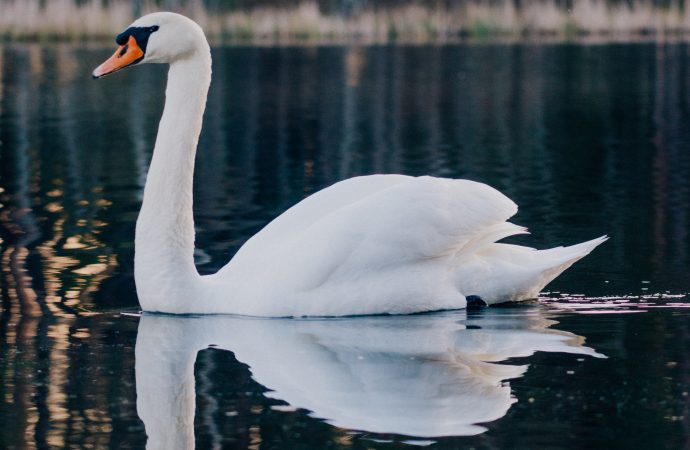Swans have been a part of human culture and history for centuries. They have inspired artists and poets and have been revered for their beauty and grace. However, the relationship between swans and humans has not always been positive. In recent years, concerns have been raised about the ecological impact of swans in certain areas.
Swans have been a part of human culture and history for centuries. They have inspired artists and poets and have been revered for their beauty and grace. However, the relationship between swans and humans has not always been positive. In recent years, concerns have been raised about the ecological impact of swans in certain areas. Here’s a look at the complex relationship between swans and humans.
Artistic Inspiration
Swans have been a source of inspiration for artists and poets for centuries. Their beauty and grace have been depicted in paintings, sculptures, and literature. In many cultures, they are seen as symbols of love, purity, and loyalty. Their graceful movements and elegant appearance have captivated artists and audiences alike, inspiring countless works of art and literature.
Cultural Significance
Swans also hold cultural significance in many societies. In some cultures, they are believed to possess magical or spiritual powers. In Greek mythology, for example, Zeus transformed into a swan to seduce the mortal woman Leda. In Hinduism, the swan is a symbol of knowledge and wisdom. In Chinese culture, swans represent grace, beauty, and good fortune.
Ecological Impact
Despite their cultural significance, swans have come under scrutiny in recent years due to their ecological impact in certain areas. In some locations, large populations of swans have caused damage to aquatic vegetation and disrupted the ecosystem. This is especially true in areas where swans have been introduced as a non-native species. In these cases, swans have been known to displace native waterfowl and other species, leading to a decrease in biodiversity.
Conservation Efforts
To address these concerns, conservationists have developed various strategies to manage swan populations in areas where they are causing ecological damage. This can include controlling the size of the population through hunting or egg addling, which involves rendering eggs non-viable to prevent hatching. Additionally, efforts are being made to educate the public about the ecological impact of swans and the importance of protecting native species.
Conclusion
Swans have had a significant impact on human culture and history, inspiring artists and poets and holding cultural significance in many societies. However, their ecological impact in certain areas has raised concerns about their impact on the environment. It is important to strike a balance between preserving their cultural significance and protecting the ecosystem in which they live. By working together, we can ensure that swans continue to inspire and captivate us while also preserving the natural world they call home.

















Leave a Comment
Your email address will not be published. Required fields are marked with *